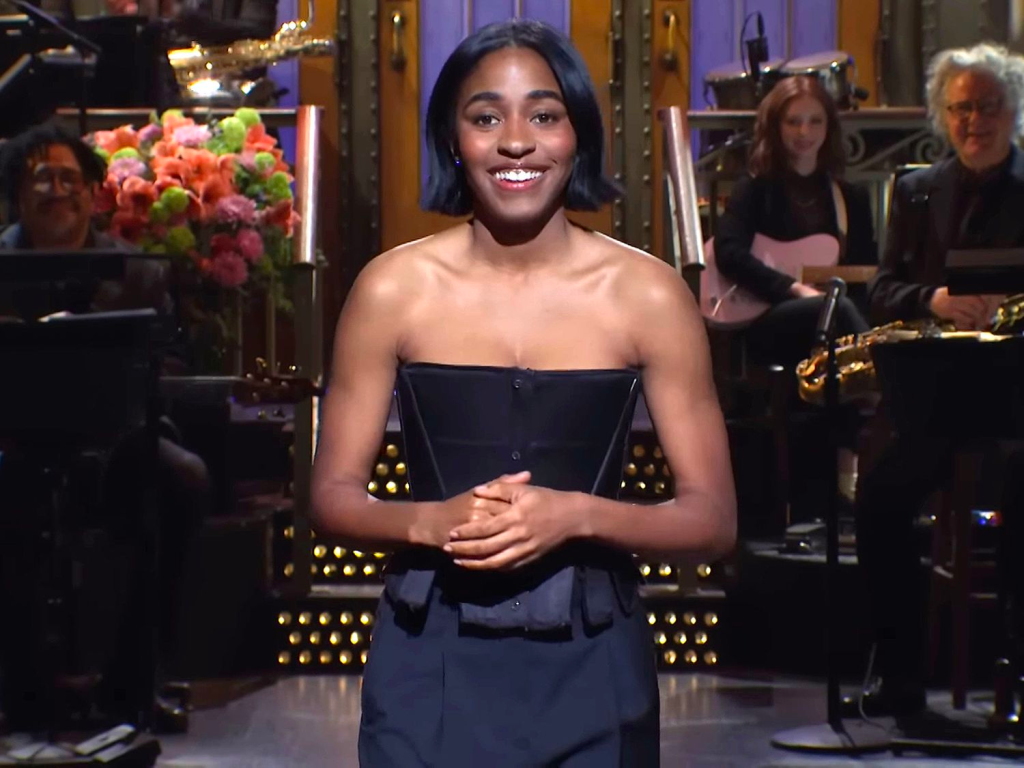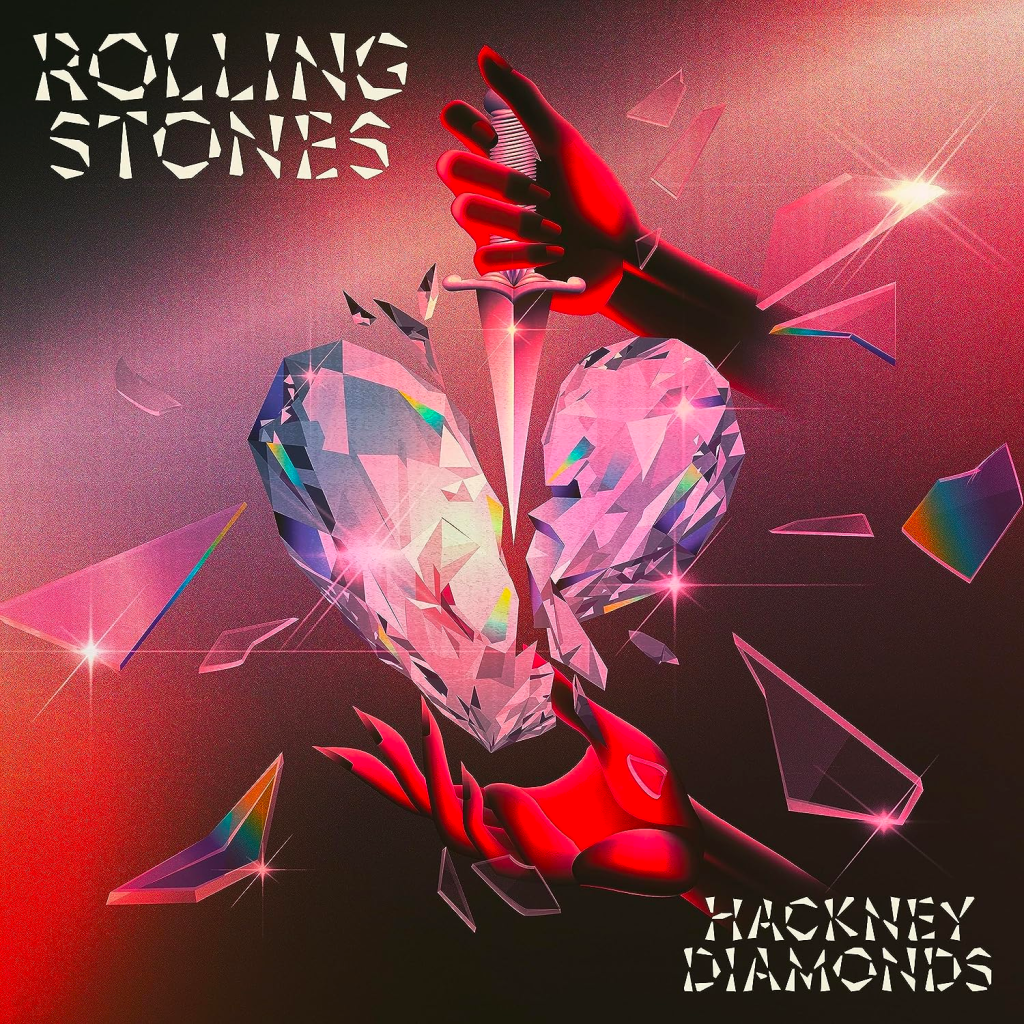
COLD OPENING: CNN Town Hall South Carolina Cold Open – SNL
PREMISE: Donald Trump (James Austin Johnson) holds a town hall on CNN moderated by Gayle King (Punkie Johnson) and Charles Barkley (Kenan Thompson).
- Feels rare to see Punkie do an impression.
- I’m as ready for Kenan to leave as anyone, but he can still mine laughs from his Barkley impression. He had some funny lines here, such as his suggestion that his show with Gayle King be called ‘Gay-Bar’ and the bit promoting FanDuel.
- This cold opening isn’t too bad so far. The ‘town hall’ setting isn’t letting JAJ’s Trump go the tired route of rambling and pop culture references, and I’m getting some laughs from his exchanges with the various panelists in the audience.
- Ok, we did get a rant, but the midnights breakdown was actually pretty funny.
- Nice to see Devon’s Tim Scott yet again. He’s still killing it in the role, although I wish he had a little more airtime.
- Nikki Haley’s cameo stopped this cold opening DEAD in its track. It was a terrible idea in the first place, and the writing went in every predictable direction it could.
- Ok, I KIND OF liked the idea of Ayo appearing to call out Haley on her answer to the Civil War question a few months ago, but all it did was try to humanize her (Haley) in a way she doesn’t need to be. Jesus, SNL, do better.
RATING: ** ½ (Halley brought it down half a star)
MONOLOGUE: Ayo Edibiri
PREMISE: Ayo Edibiri discusses her whirlwind year of success and shares some rejected sketch ideas.
- Nice to see Ayo get such huge applause upon her entry.
- Aw, her tearing up a bit is so sweet.
- Her line about being the first black woman to admit she was from Boston was very funny.
- As expected, Ayo is coming off as charming and has several amusing anecdotes and lines about her upbringing.
- Ayo’s rejected sketch ideas aren’t that funny on paper, but her delivery and charisma are making it work for me.
- Overall, a fun, breezy monologue with good energy. I’d like to think is a good omen for the rest of the show, but we shall see.
RATING: *** ½
GAME SHOW: Why’d You Say It?
PREMISE: Contestants are confronted over their confounding Instagram comments.
- Hmm, this premise has some potential.
- Mikey ducking out immediately after hearing the concept of the game reminded me of Jason Sudeikis doing the same thing in the classic Who’s On Top? sketch with Bill Hader and Alec Baldwin.
- Ayo’s increasingly distressed, long-winded responses to her writing ‘Die’ on a video of Drew Barrymore are cracking me up.
- Andrew’s part about his AOC comment is hilarious.
- Very good sketch overall.
RATING: ****
MUSIC VIDEO: Dune Popcorn Bucket
PREMISE: A group of teenagers sing about losing their virginity to the Dune popcorn bucket.
- I guess this is a fun, timely concept, but this whole thing washed over me and didn’t make me laugh once. Not much else to say about this.
RATING: * ½
SKETCH: Drugs on Campus
PREMISE: A student (Andrew Dismukes) microdoses on shrooms, shocking his friends (Ayo Edibir, Mikey Day).
- Mikey and Ayo’s over-the-top performances carried this sketch, which was built on a thin premise and didn’t contain much laughs in the writing.
- Andrew is solid in his role as the straight man. That’s about all I can say about this sketch.
- Marcelo’s brief part made me laugh.
RATING: **
SKETCH: Bad Couples
PREMISE: A reporter (Bowen Yang) interviews random couples about how they met.
- Nice to see Molly and Michael at the top a sketch.
- Is it just me or is Michael’s suit huge on him?
- I enjoyed this sketch quite a bit. All the interviews with the couple were funny, my favorites being Chloe and Mikey as the incestuous couple and Punkie and the older guy as the couple who met in a cult.
- Bowen gave a very good performance here. I’ve been critical as hell of him all season but he dialed it way back there and gave a good ‘straight man’ role.
- Interesting seeing Martin Herlihy in a sketch.
- The ending with him and Marcelo was nice, and the twist involving Molly was a good capper.
RATING: *** ½
WEEKEND UPDATE WITH COLIN JOST AND MICHAEL CHE
FEATURING: CJ Rossitano (Sarah Sherman)
- Best Jokes: Biden / Border, Chicago / Ceasefire, Ted Cruz, Black History Month, Suits Reboot, Pizza Hut, World Beauty Pageant
- For the fourth week in a row, Colin and Che actually seem newly enthused and have a smattering of strong jokes and quips.
- Sarah’s bit as Colin’s long lost son didn’t really do that much for me, but I did like the part about Colin’s penis. It was a little different from the normal ‘Sarah trashes Colin’ routine, which is a nice change of pace.
RATING: *** ½
SKETCH: Trivia Quest
PREMISE: A game show host (Ego Nwodim) forms a bond with a contestant (Ayo Edibiri).
- I’m probably forgetting something, but it feels like months since Ego got a true showcase. This is only her second appearance tonight, which is disappointing because I really think her and Ayo would make a good team. Is anyone else thinking they may be phasing out Ego? I hope not, as she’s my favorite of the veterans in the cast and still consistently delivers in utility roles and hasn’t resorted to hammy, indulgent pieces a la Bowen and occasionally Kenan.
- Oh no, is this another ‘let’s bash Mikey’ sketch?
- Ayo and Ego were a lot of fun and had great chemistry in this sketch. Their interactions were funny, as were the increasingly angered reactions from Sarah and Mikey.
- Not too great a sketch, but pretty fun.
RATING: ***
FILMED PIECE: Stuck in the Elevator
PREMISE: A group of people get stuck in an elevator and gradually form a new society.
- Oh man, this was awful. It had a poor joke with Ayo and Bowen constantly trying to convince Andrew, Sarah and Kenan to hook up, and the ‘Elevator Town’ twist was flat-out stupid.
RATING: *
SKETCH: School Hypnotist
PREMISE: A hypnotist (Andrew Dismukes) visits a school classroom.
- A Dismukes showcase? This should be fun.
- This could’ve been a fun, oddball sketch with a great Dismukes-y premise, but this was a horrible one-note sketch built entirely around Ayo’s character being bisexual.
- Ayo, to her credit, performed the HELL out of this, but nothing could save this. I actually felt embarrassed for her. Also, is it i just me or does she bare a passing resemblance to the Pat character in this sketch?
- The whole twist that Ayo’s character was doing this all just to show off her singing voice was horrible. Just a bad, bad sketch.
RATING: *
SKETCH: PEOPLE’S COURT
PREMISE: A hairdresser (Ego Nwodim) is sued by a former customer (Ayo Edibir)
- Nice to see Ego and Ayo in another sketch.
- Great reveal of Ayo’s missing scalp.
- This was a great little oddball 10-to-1 piece, with lots of funny lined and snappy back-and-forth’s from Ego and Ayo. Kenan and Devon also got laughs as the judge and the bailiff.
- Ego’s “brain out, ass up” line was great.
- Another scene stealing appearance from Punkie.
- Weak ending, but Kean’s delivery made me laugh.
- This is the first SNL sketch with an entirely African American cast.
RATING: ****
EPISODE MVP: Ayo Edibiri provided the expected fresh, funny energy she was expected to bring and elevated an uneven but not terrible episode. She committed to every sketch and had great chemistry with several cast members.
BOTTOM LINE: An improvement over the last two episodes, both of which were quite bad, although this was by no means a great episode; we got two genuinely great sketches, but also a lot of forgettable or flat-out bad sketches, and I can’t blame anyone for being disappointed that this episode wasn’t better than it was given the host. Also, the Nikki Haley cameo goes right up there with Trump and Musk hosting as an all-time “what the fuck were they thinking?” moment.





